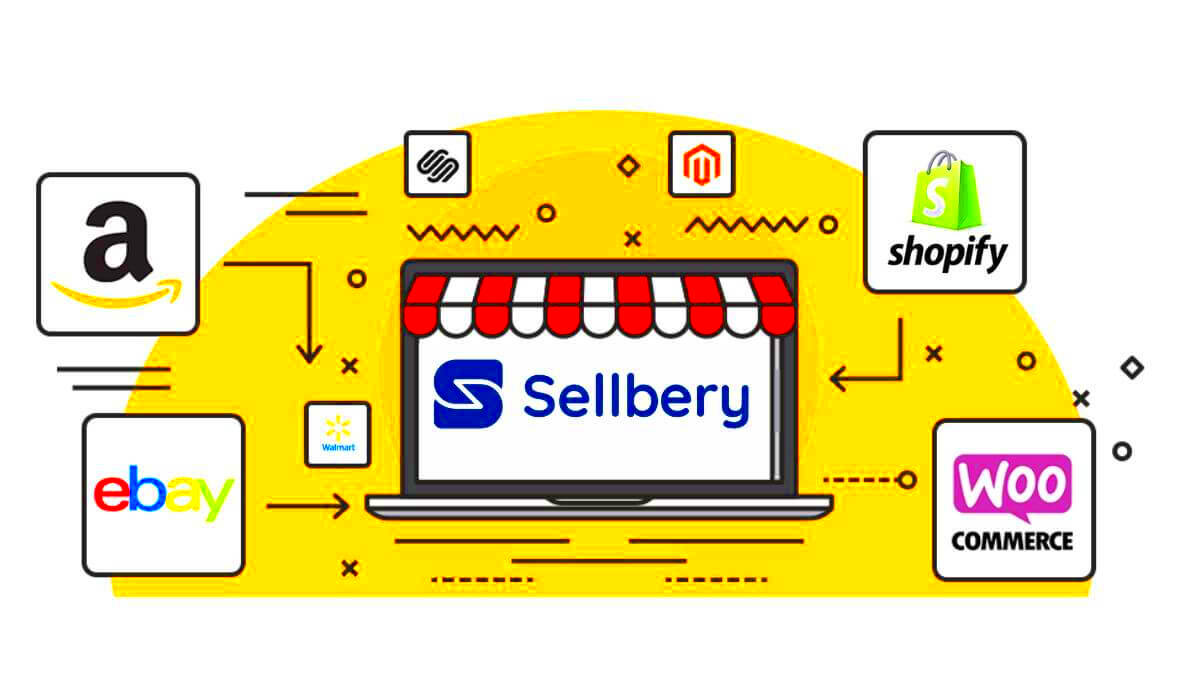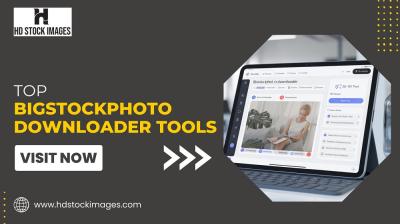Connecting Shopify with
eBay is like teaming up two forces to boost your online venture. Picture showcasing your products on one of the biggest e commerce platforms while handling everything conveniently through your Shopify dashboard.It's a perfect blend of convenience and efficiency all in one spot. This integration allows you to simplify your sales process and tap into a larger customer base, which can be a transformative move for numerous small and medium sized enterprises. Speaking from my experience I've witnessed how this straightforward action can significantly impact sales and productivity.
Why Connect Shopify with eBay
Integrating Shopify with
eBay can unlock a wealth of possibilities for your business. Here are some reasons to think about it:
- Broader Reach: eBay’s vast customer base can help you reach more potential buyers. Integrating with Shopify lets you tap into this market without extra hassle.
- Unified Management: You can manage inventory, orders, and customer data from a single platform, reducing the chances of errors and saving time.
- Improved Efficiency: Automation features can handle routine tasks like updating stock levels and syncing orders, so you can focus on growing your business.
- Enhanced Sales: By expanding your selling channels, you increase your chances of making sales, as your products are visible to more people.
Based on my observations combining these two platforms has resulted in more streamlined processes and a boost in sales. Its akin to having support to help run your online store allowing you to concentrate on what truly matters.
Setting Up Your Shopify Account
To kick off your smooth
eBay integration the first step is setting up your Shopify account. Here’s a brief guide to help you get started.
- Create Your Shopify Account: Visit the Shopify website and sign up for an account. You’ll need to enter basic information like your business name, email address, and a password.
- Choose a Plan: Shopify offers various plans tailored to different needs. Select the one that fits your business requirements. If you're just starting, the Basic plan might be enough.
- Customize Your Store: Once your account is set up, you can start customizing your store. Choose a theme that aligns with your brand, and add essential details like your logo, product listings, and payment options.
- Set Up Shipping: Configure your shipping settings to ensure your products reach customers efficiently. You can set up rates based on weight, location, or offer free shipping.
When I first started establishing my Shopify store I recall being quite overwhelmed. However breaking it down into steps made it more manageable and ultimately fulfilling. By following these guidelines you'll discover that the process goes much more smoothly and you'll be well prepared to integrate with
eBay before you know it.
Connecting Your eBay Account to Shopify
Connecting your
eBay account to Shopify is an important move that combines the top perks of both platforms. Its like building a bridge between two vibrant marketplaces. Here's a guide on how to establish that connection.
- Install the eBay Integration App: Start by finding and installing an eBay integration app from the Shopify App Store. There are several options available that can help with this process.
- Authenticate Your eBay Account: After installing the app, you’ll need to sign in to your eBay account through the app. This step is crucial as it allows Shopify to access your eBay account securely.
- Configure Your Settings: Set up the connection preferences such as syncing frequency, listing formats, and shipping options. This customization will help you tailor the integration to your business needs.
- Review and Confirm: Double-check your settings and confirm the connection. This will ensure that everything is properly synced and ready for seamless operation.
I recall the moment when I linked my eBay account to Shopify for the time. It was as if I had discovered a whole new world of possibilities. The setup was smooth sailing, but the true excitement came when I witnessed my products being listed on eBay. It was an exhilarating moment to realize that I had broadened my horizons with just a couple of clicks.
Managing Listings Between Shopify and eBay
Once you connect your eBay account with Shopify it streamlines the process of handling your listings. Here are some tips to help you stay organized:
- Automatic Syncing: Your Shopify store can automatically sync listings with eBay. This means any updates to your products, like price changes or new stock, will reflect on both platforms.
- Manual Adjustments: If needed, you can manually adjust listings. For example, you might want to modify descriptions or images to better fit eBay’s format.
- Monitor Performance: Use Shopify’s analytics tools to track how your products are performing on eBay. This data can help you understand what’s working and what needs tweaking.
From what I’ve seen handling listings on different platforms used to be quite a hassle. But now with the integration it feels like having a helper for your online shop. It’s incredible how much simpler it is to stay organized and keep everything current.
Synchronizing Inventory and Orders
Keeping your inventory and orders in sync between Shopify and eBay is similar to running a smoothly functioning system. It guarantees that your inventory counts and order information are consistently precise and current. Here’s a guide on how to achieve this.
- Inventory Syncing: The integration app should automatically sync your inventory levels between Shopify and eBay. This helps prevent overselling and ensures that customers see the correct stock levels.
- Order Management: Orders placed on eBay will be imported into your Shopify dashboard. This makes it easier to manage and fulfill orders from a single place.
- Real-Time Updates: Ensure that you have real-time syncing enabled. This means that any changes in inventory or order status are instantly updated across both platforms.
I remember how it felt to sync everything up for the first time. It was like getting an extra boost. I no longer had to keep track of things manually or stress about differences between platforms. Everything from inventory counts to order processing was streamlined, making my tasks easier and more efficient.
Optimizing Your Integration for Better Sales
After linking your Shopify and eBay accounts the next move is to optimize this connection for increased sales. Its like tuning a musical instrument; perfecting the details can greatly impact the overall performance. Here are some tips to improve your setup:
- Enhance Product Listings: Ensure your product titles and descriptions are compelling and include relevant keywords. High-quality images and detailed descriptions can make a huge difference in attracting buyers.
- Utilize Promotions and Discounts: Take advantage of eBay’s promotional tools and integrate them with Shopify. Offering limited-time discounts or special deals can drive more traffic and increase sales.
- Monitor Analytics: Regularly review performance metrics from both Shopify and eBay. Look at which products are selling well and which aren’t. Use this data to adjust your strategies and improve your sales tactics.
- Customer Feedback: Pay attention to customer reviews and feedback. Address any concerns promptly and use the feedback to refine your products and services.
In my experience enhancing my integration involved more than just adjusting configurations—it required grasping the preferences of my customers and tailoring my approach accordingly. Witnessing a boost in sales as a result of these enhancements is incredibly fulfilling and it truly validates the hard work put in.
Troubleshooting Common Issues
Even with the most optimal arrangement you may still face some challenges on your journey. Here are some tips for dealing with issues that may arise.
- Syncing Problems: If you notice that your listings or inventory aren’t syncing correctly, check the integration app settings. Ensure that all permissions are correctly set and consider reconnecting your accounts.
- Order Discrepancies: Occasionally, order details might not match between Shopify and eBay. Verify the order information on both platforms and update them manually if needed. Keeping an eye on this can prevent larger issues.
- Inventory Errors: If your stock levels are not updating accurately, make sure that your inventory settings in Shopify are correctly configured. Regularly reviewing stock levels and manually adjusting them if necessary can help.
- Technical Support: Don’t hesitate to reach out to the support teams for Shopify or eBay if you encounter persistent issues. They can provide guidance and solutions to resolve your problems effectively.
I recall the sense of being swamped when I encountered syncing problems for the time. However keeping my composure and systematically addressing each issue enabled me to restore everything to normal. It’s simply a facet of the journey and with perseverance you’ll discover effective solutions.
FAQs
Integrating your Shopify store with eBay can bring up quite a few questions. Here are some of the ones I come across most often along with their responses.
How do I start the integration process?
- To begin, you need to install an eBay integration app from the Shopify App Store. Follow the prompts to connect your eBay account and configure your settings. It’s straightforward, but if you hit a snag, don’t hesitate to consult the app’s help section.
Will my existing eBay listings be imported into Shopify?
- Yes, once the integration is set up, your existing eBay listings can be imported into Shopify. This ensures that you don’t have to re-enter product details manually, saving you time and effort.
What should I do if my inventory levels don’t sync correctly?
- If you notice discrepancies in inventory levels, first check your integration app settings to ensure everything is configured correctly. If the problem persists, try manually updating your stock levels and reaching out to the app’s support team for assistance.
Can I customize how my products are listed on eBay?
- Absolutely! You can customize product titles, descriptions, and images within Shopify, and these changes will reflect on your eBay listings. It’s a great way to tailor your listings to fit eBay’s format and appeal to its audience.
How can I track the performance of my listings?
- Both Shopify and eBay offer analytics tools to track performance. You can review metrics like sales volume, traffic, and conversion rates to assess how well your products are performing and make data-driven decisions to improve your sales strategy.
What should I do if I encounter technical issues?
- If you run into technical problems, first consult the troubleshooting section of the integration app. If that doesn’t resolve the issue, contact the support teams for Shopify or eBay. They can provide guidance and help you get back on track.
In my view having clarity on these matters can greatly facilitate the process of integration. Its really about being well informed and taking a proactive approach to handling your venture.
Conclusion
Connecting Shopify with eBay is a move to grow your business and enhance your sales approach. It combines the advantages of both platforms, enabling more efficient management and broader reach. From the initial setup and synchronization to fine tuning and resolving issues every stage is vital for achieving a seamless and successful integration.Looking back on my journey I’ve witnessed the power of this integration to revolutionize a company. It goes beyond linking two systems; it involves establishing a smooth process that boosts productivity and fuels progress. Embrace the journey leverage the resources at hand and witness your business flourish.

 admin
admin








